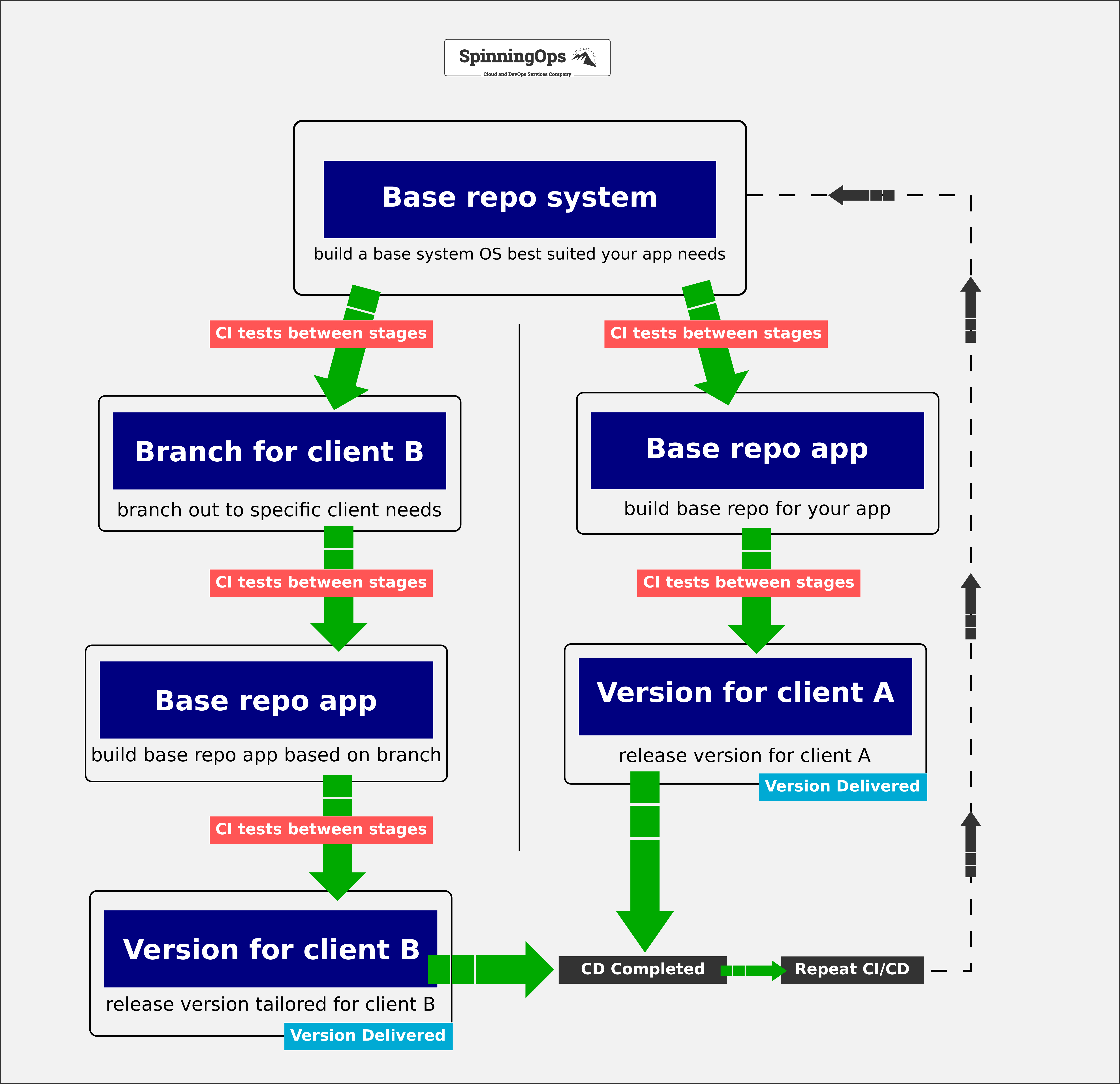
What is CI and why it is important for your applications?
Continuous Integration purpose is to integrate and automate your code from multiple sources and achieve one integrated code for your development project.
The solution of CI
With CI every developer can work on their own features using branches of code and by the end of the development cycle they can integrate their new code (feature) with the rest of the application.
What is CD and why it is important for your applications?
Continuous Delivery is the next step of CI and it’s meant to package the artifact or image (your integrated code/software) to be delivered to the end-user.
On to Continuous Deployment
At this point your code is integrated (CI) and packaged (CD) now it’s time to deploy it to the end-user via SAAS or as simple as sending the software for download.
Is CI/CD for you?
imagine if you do not do CI/CD flow for your software development, will it be easier or harder for your teams and developers releasing new versions of code, now you know what to do.
Need help building your CI/CD?
Contact me today HERE